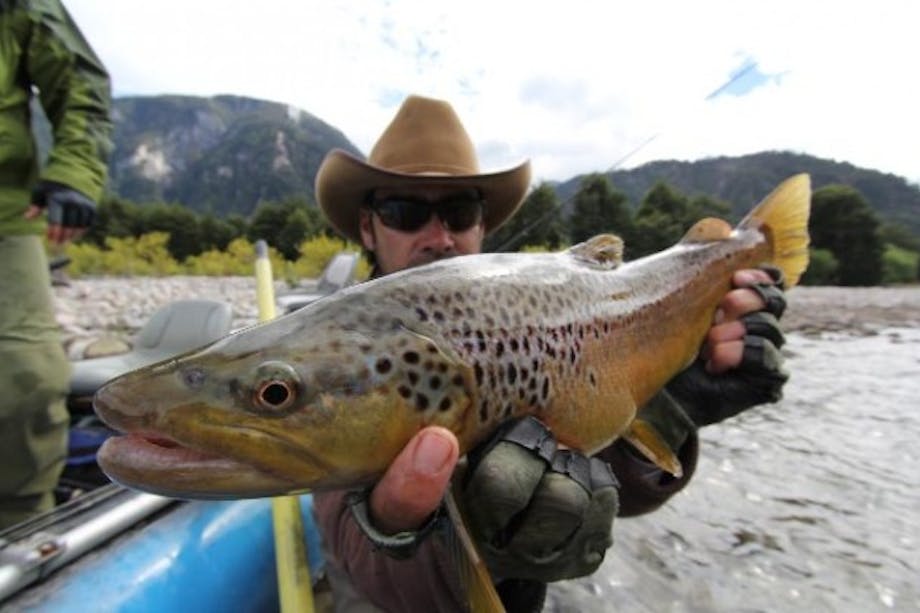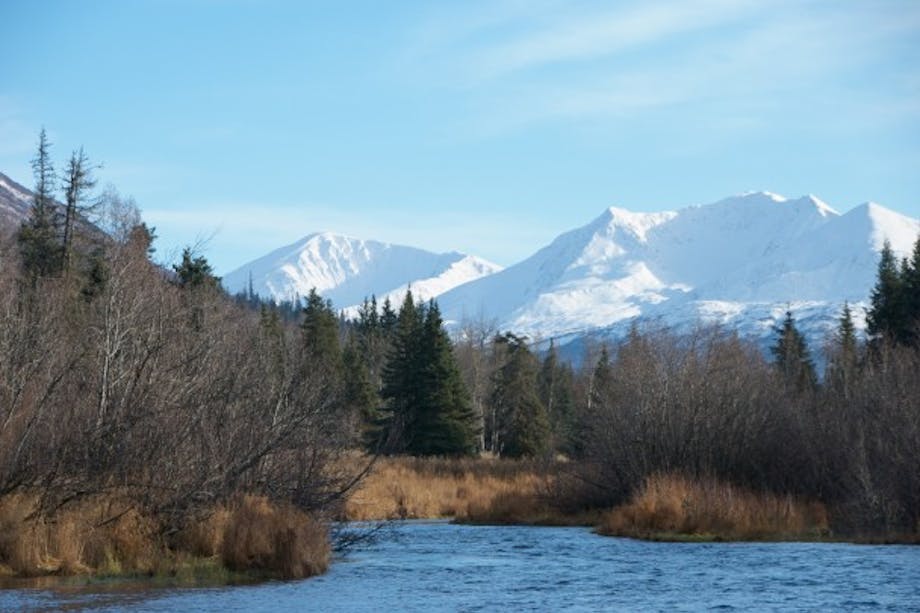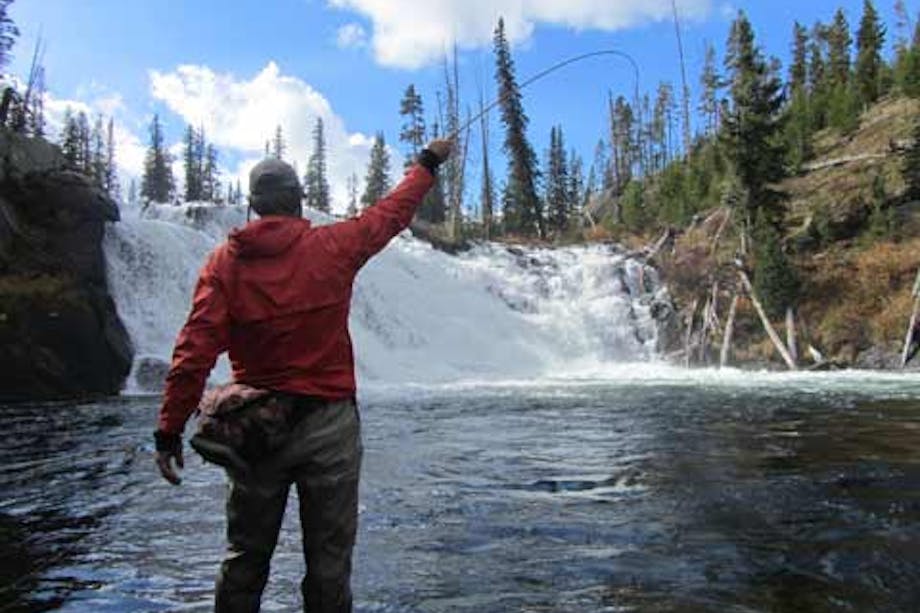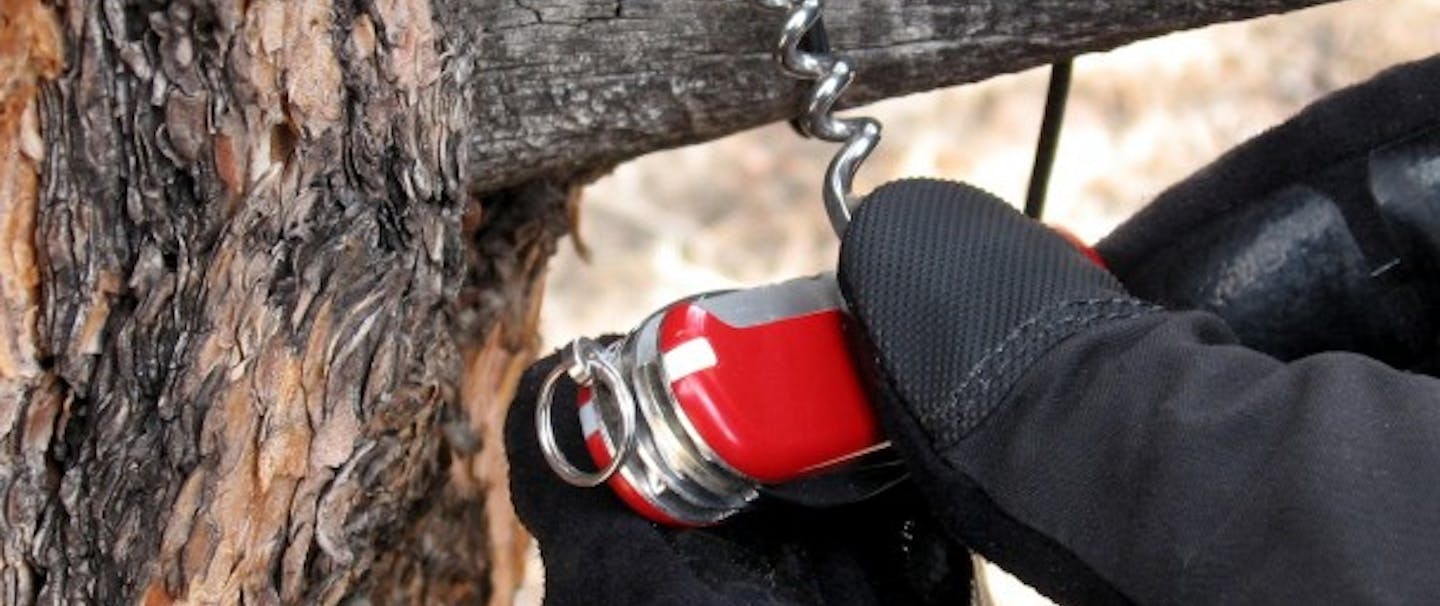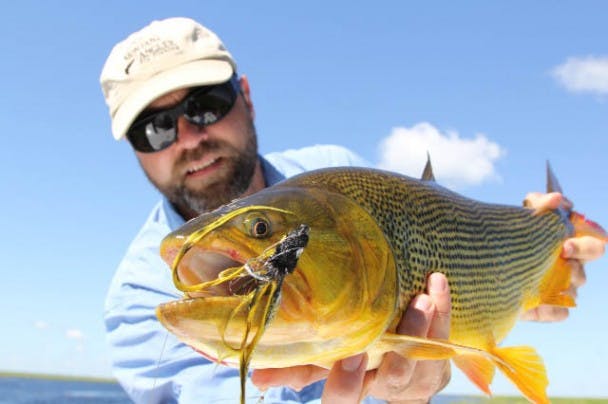
Brian McGeehan is an outfitter and owner of Montana Angler Fly Fishing based in Bozeman, MT. Brian is also an avid international angler and leads annual trips to Argentina, Chile and the Bahamas.
Golden Dorado
Golden Dorado are native to South America in a relatively small geographic region that includes Northern Argentina, Uruguay, Southern Brazil and some small pockets in Bolivia. Most of the fisheries are located in the Paraná River and its tributaries. There are also a few pockets of the species in Bolivia at the headwaters of the Amazon basin. Dorado are river fish and have a similar profile to that of a salmon including an adipose fin. Golden Dorado are fierce piscivores and aggressively take large streamers. They are fierce fighters and nearly always jump when hooked. Golden Dorado have not been transplanted out of their native range and they have only come onto the radar of international anglers in the last 10-15 years. Although some of the largest Dorado are caught in the larger Paraná River, many fly anglers choose to target the fish in the relatively few locations where clear waters prevail. Catching a large, strong and aggressive Dorado in a river that resembles a trout stream is truly a rush. Imagine fishing for small tarpon on the Madison! The primary locations that support guided Golden Dorado fishing are the new Tsimane Lodge in Bolivia, the Salta region of Argentina and the Ibera Marsh at the headwaters of the Corrientes River. Most of the fishing at Tsimane and Salta is wade fishing on smaller clear rivers. There is also a large river, the Rio Juramento, near Salta that is floated in rafts for trophy Dorado. On our recent trip south we split our trip between Patagonia and Northern Argentina where we targeted the Ibera Marsh which offers a unique clear water fishery accessed by Bahamas style flats boats.
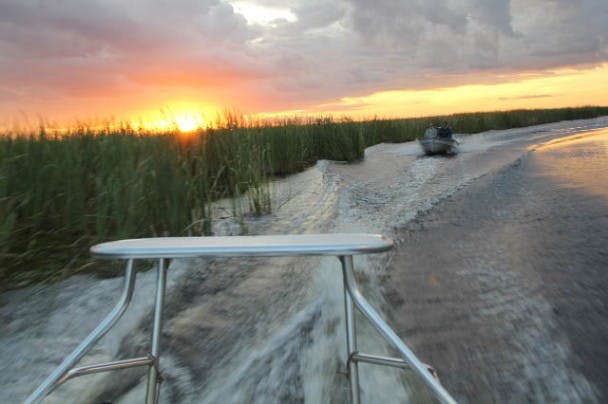
Pira Lodge
Pira lodge is located in the Corrientes province of Argentina which is sandwiched between Brazil and Paraguay. The province is known for its colorful people and traditional music. We took a first class overnight sleeper bus which was surprisingly comfortable with large leather chairs that lay flat into beds along with bar service and meals. After sleeping on the bus all night we arrived refreshed in Mercedes and were greeted by the lodges transfer driver. Pira is located on the edge of the vast Ibera marsh system and the drive is about an hour an half from Mercedes across rutted dirt roads. The lodge itself is spectacular with an array of insects, huge toads and countless colorful birds making a never ending raucous chorus each evening. After settling in we met with Noel and the guides. Noel was the head guide for over 13 years at Pira and then went on to start Tisamane Lodge in Bolivia and is one of the most respected Dorado anglers in the world. Unfortunately the news on the fishing front wasn’t good. All of Argentina had just endured an unusual three week stretch of very wet and cold weather. Dorado are a warm water fish and become lethargic in colder waters and just like trout they don’t love rising flows. Despite the disappointing news we were determined to give it our all.
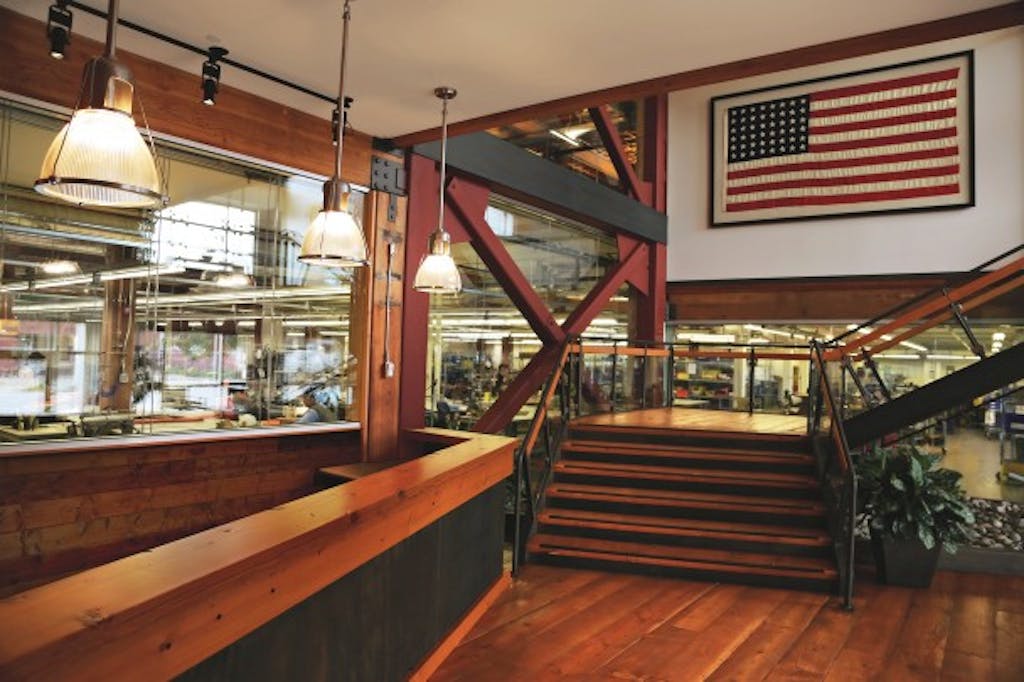
Pira Day 1
With the unexpected conditions and higher flows, Noel and the guides felt our best shot at fish was to go down deep in the main Corrientes river channel. Pira is known for its floating line fishing and aggressive surface takes but with the cooler water it was unlikely that the Dorado would be very active and certainly not on the surface. At the end of the first day, we hit pay dirt and Anthony and I each hooked and landed two nice 5-7lb Dorado in the waning hours of the evening before heading back to the lodge. The fish are absolutely amazing and hit like a sledgehammer. The fight is just as impressive as these incredibly strong, trout shaped fish leap over and over and take off on blistering runs. When the Dorado are landed their magnificent gold flanks and orange and black tail cap the experience.
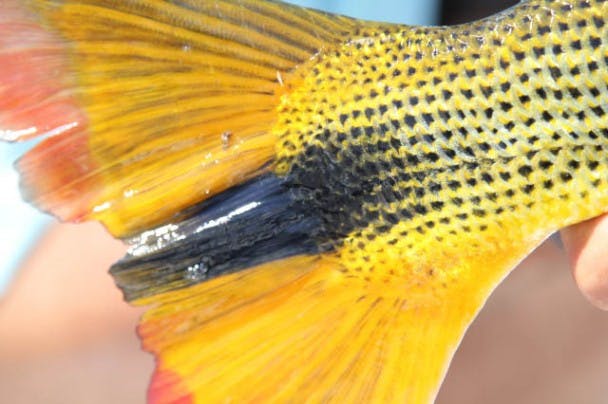
Pira Day 2
The fishing at Pira is broken into morning and evening sessions. Each day we headed out in flats boats through a labyrinth of small channels. The marsh ecosystem is spectacular with over 350 species of native birds of all shapes, colors and sizes. The birdlife was absolutely spectacular and I can’t say I have ever been to an equal location in this regard. In addition to the birdlife we regularly saw large crocodile like Cayman and huge rodents called capybara. Day two produced some very tough fishing and although we all had a few hits and follows no Dorado came to the boat. Noel came along on day two and he and Anthony scouted some of the smaller tributary “creeks”. These are small channels through the marsh with current just like a spring creek and very clear waters. While scanning from the boat they successfully located a lot of large Dorado in the system which lifted our spirits to at least know the fish were there. One of the challenges of the high water in the marsh is the fish are spread out and often relocate so finding the fish was a welcome discovery.

Pira Day 3
The morning fishing continued to be frustrating with a lack of success. With each hour of futile casting our team began to lose hope in the prospects of hooking the golden fish. Occasionally our hope would be lifted by a follow or take. I lucked into a hefty 7 pounder at the end of the morning and that was the only action to report. In the evening session I was solo with Noel and we decided to try some of the smaller creeks where they had seen some fish the day before with a floating line. We finally started to see the marsh begin to wake up in terms of fish activity and spotted a few Dorado rolling from time to time. Noel explained under normal conditions Dorado are frequently rolling and attacking bait fish in explosive disturbances than are easy to spot. This seemed to be a good sign and sure enough the action followed. By the end of the night I had hooked into 5 Dorado and landed two along with several large piranhas and an interesting fish called a San Antonio. This still wasn’t on par with the regular catch rates which average 4-10 Dorado per person per day but it was great to get a taste of what the fishing can be like. The takes on the floating line were a huge rush and it was incredible to see the Dorado in the clear water producing a wake as they attacked the fly in a huge boil. Unfortunately, the other boat didn’t find similar success on the larger river down current.
Pira Day 4
The rains that started the evening before continued into the night and eventually turned into sustained downpours. The amount of rain that fell was unprecedented and a true spectacle of nature. The swimming pool that was 18” from the top the day before was overflowing in the morning. The marsh grew before our eyes and huge lakes formed in all directions around the lodge. We gave up all hope of fishing in the torrent and focused our attention on getting out across the dirt roads early enough to catch our sleeper bus. Our amazing hostess Marcela decided to have the shuttle drive arrive 5 hours early to play it safe. When he was an hour late she loaded us up in her own truck and we started heading out hoping to meet him on the road out. The roads were terrible and just a few minutes from the lodge we were driving across flooded areas. Marcela crept along and stayed ruts to avoid sliding off the slippery clay road. After 30 minutes of progress our hearts sank as we came around a bend and saw the road completely under water as far as the eye could see with a Toyota Hi-lux truck nearly underwater in the ditch. It looked like our stay at the lodge would be extended for several more days. There were some local gauchos around and Marcela went out to talk with them. It turned out that her husband was the one that lost the truck in the flood but he was the manager of several estancias in the area and had guessed we were coming. Our transfer driver was waiting on the other side of the flooded road and the gauchos let Marcela know that they could ferry us across. The next thing we knew we were horseback and praying these horseman were confident in their assessment of the waters. The current was swift across the road and the level came up to the horses bellies. We had to ride at a bit of an angle so the horses could ferry into the current. After the longest 500 yard horse ride of my life we made it safely to the other side where our drive awaited. The gauchos crossed the flood again to retrieve our luggage via horseback and we were off again. Just when we thought we were out of the woods we encountered another flooded section (the water had been rising since the driver had come from town). It wasn’t as bad as the other stretch but still very intimidating. We all held our breath as the truck headed into the flood with water coming in through the doors. It was a very quiet cab until we finally made it across the last obstacle safely. Nearly five hours later we finally made it to the bus station with only minutes to spare!
